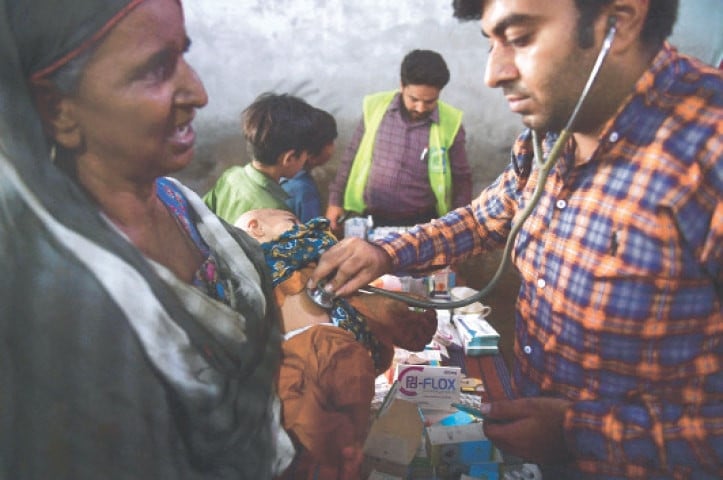Experts call for government-led initiative for eye health
Rawalpindi:
At least 2.2 billion people in the world are blind or visually impaired, and according to Al Shifa Trust (AST), for at least one billion of them, complications could have been avoided.
Vision impairment is four times more prevalent in low- and middle-income regions than in high-income regions, and the WHO estimates that vision impairment represents a huge economic burden, costing the world $411 billion per year in lost productivity.
The incidence of blindness and visual impairment is higher among women than men. Speaking at a ceremony marking June as Cataract Awareness Month, Head of Cataract Department, Al Shifa Trust Eye Hospital Rawalpindi, said that currently around half a million women in Pakistan suffer from blindness and visual impairment.
“AST is already performing 52,000 surgeries annually free of charge. The government needs to step up its efforts as the existing facilities cannot cater to the sudden increase in eye patients,” he added. “Due to population growth and rising average age, the number of cataract patients in the country is on the rise and many women are going blind due to lack of access to eye facilities.”
According to Dr Sabihudin, Pakistan is one of the top countries when it comes to diabetes, which has also led to increased incidence of eye diseases. He said cataract is a type of age-related degeneration that cannot be controlled. Therefore, the government should support all these efforts by strengthening eye departments in all government-run hospitals, including those established at the district level.
He added that AST performs nearly 100-120 surgeries daily and has 30 air-conditioned operating theatres, 25 highly skilled doctors, six anaesthesiologists and state-of-the-art diagnostic equipment. The cataract unit at AST has completed one million surgeries since its inception.

